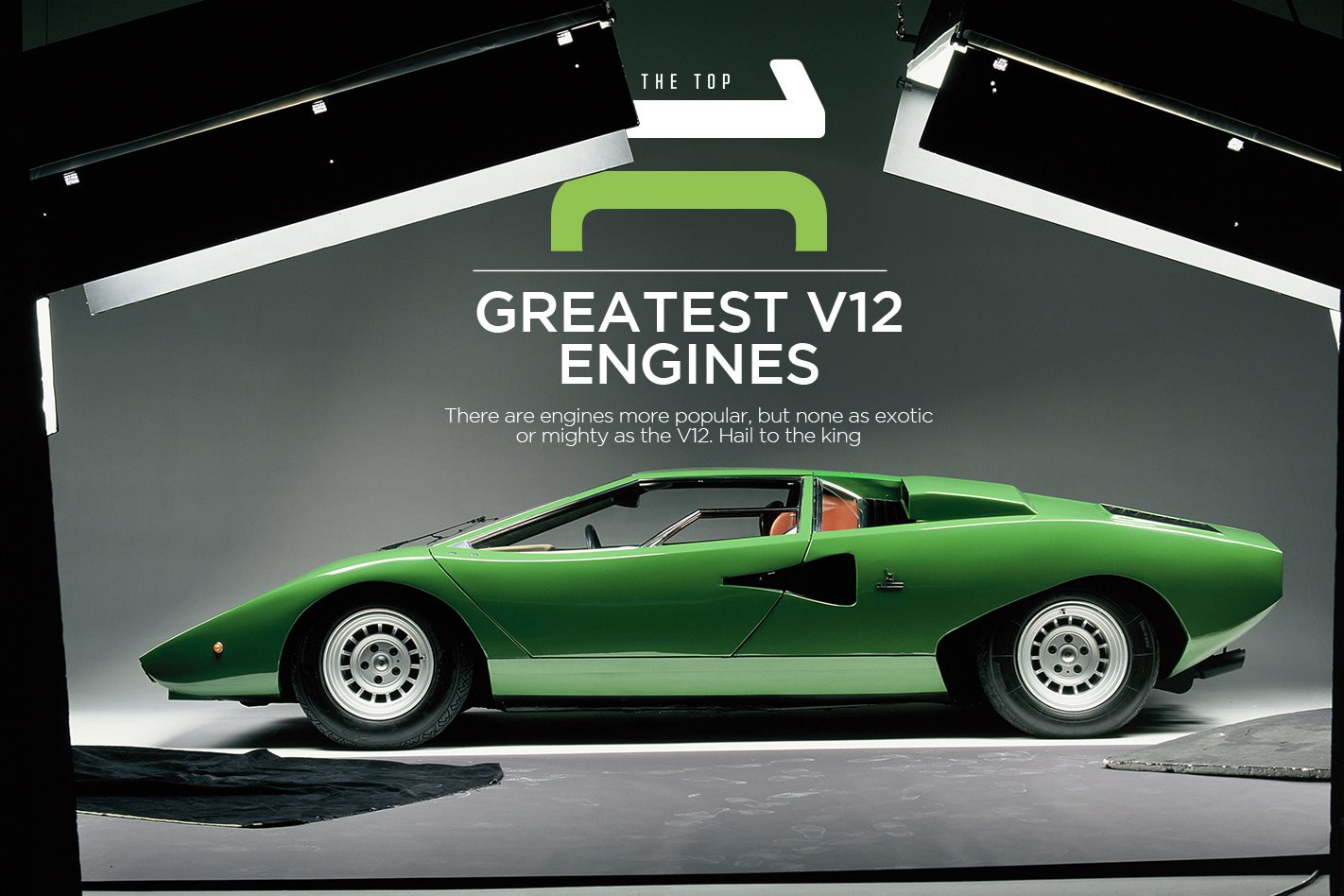When it comes to engine designs, nothing else has the same bedroom poster allure as a V12.
If you were building an exotic supercar from a clean sheet of paper, a mid-mounted twelve cylinder beast of an engine is the only real choice. To celebrate that fact, we’ve collated ten of the greatest V12s ever put into production.
These are all fantastic engines in their own right, so while the list is numbered, each V12 is presented in no particular order. Ranking these exquisite feats of engineering is a task for another day.
10. Toyota 1GZ-FE
Produced: 1997-2016 | Displacement: 3983cc | Induction: NA

Despite building many great engines, the nation of Japan only put a single V12 into production – the Toyota 1GZ-FE. Fitted solely to the Toyota Century, it was beloved by the Japanese government and Yakuza alike. For reliability there are a pair of ECUs, controlling the fuel injection for each bank of cylinders independently. Toyota’s official power claim for the V12 is a humble 209kW. But the engine has plenty of potential, proven by Smokey Nagata, who fitted a twin-turbocharged version to his Supra. The very same one he pushed to 317km/h on a British motorway.
9. Ferrari F130B
Produced: 1990-1997 | Displacement: 4698cc | Induction: NA
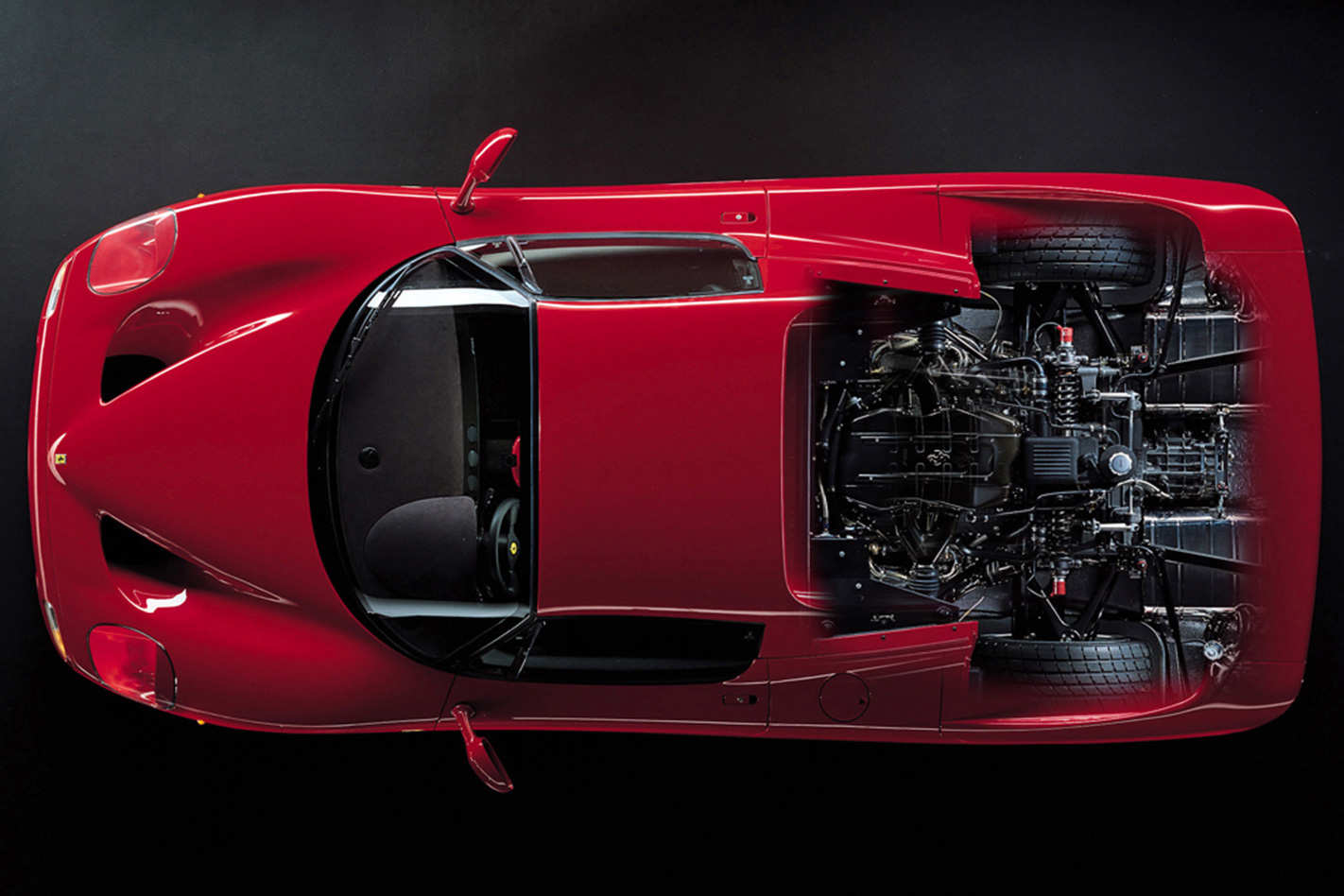
Ferrari’s F130B was only fitted to a single production car, the Ferrari F50, but it started life in grand prix racing. The Ferrari 641 F1 car was powered by the Tipo 036 3.5-litre V12 during the 1990 season – it was this engine that became the 130, a 4.0-litre V12 used in the 333 SP sports car. The open-top prototype had a successful racing career, with designer Tony Southgate describing the 130 as “one of the most reliable race engines I have ever worked with.” For its road-car use, capacity was bumped to 4.7-litres, with a B suffix added to the codename.
8. Mercedes-Benz M297
Produced: 1997-2016 | Displacement: 7291cc | Induction: NA

AMG first used the M297 in SL73 and CL73 road cars, but its truly heroic status was achieved with the CLK GTR road cars. While the GT1-spec CLK GTR was fitted with either the LS600 V12 or GT108B V8, the Straßenversion copped the 6.9-litre M297, modified by engine building titans Ilmor. AMG built 25 of the street-legal racers after the GT1 category had been canned, but got its money’s worth out of the engine by shopping it out to boutique hypercar manufacturer Pagani. The version fitted to the Zonda had a larger displacement of 7.3-litres. Horacio Pagani’s refusal to stop building the Zonda for years meant the M297 remained in production until 2016, with a 559kW zenith.
7. LAMBORGHINI V12
Produced: 2011-NOW | Displacement: 6498cc | Induction: NA
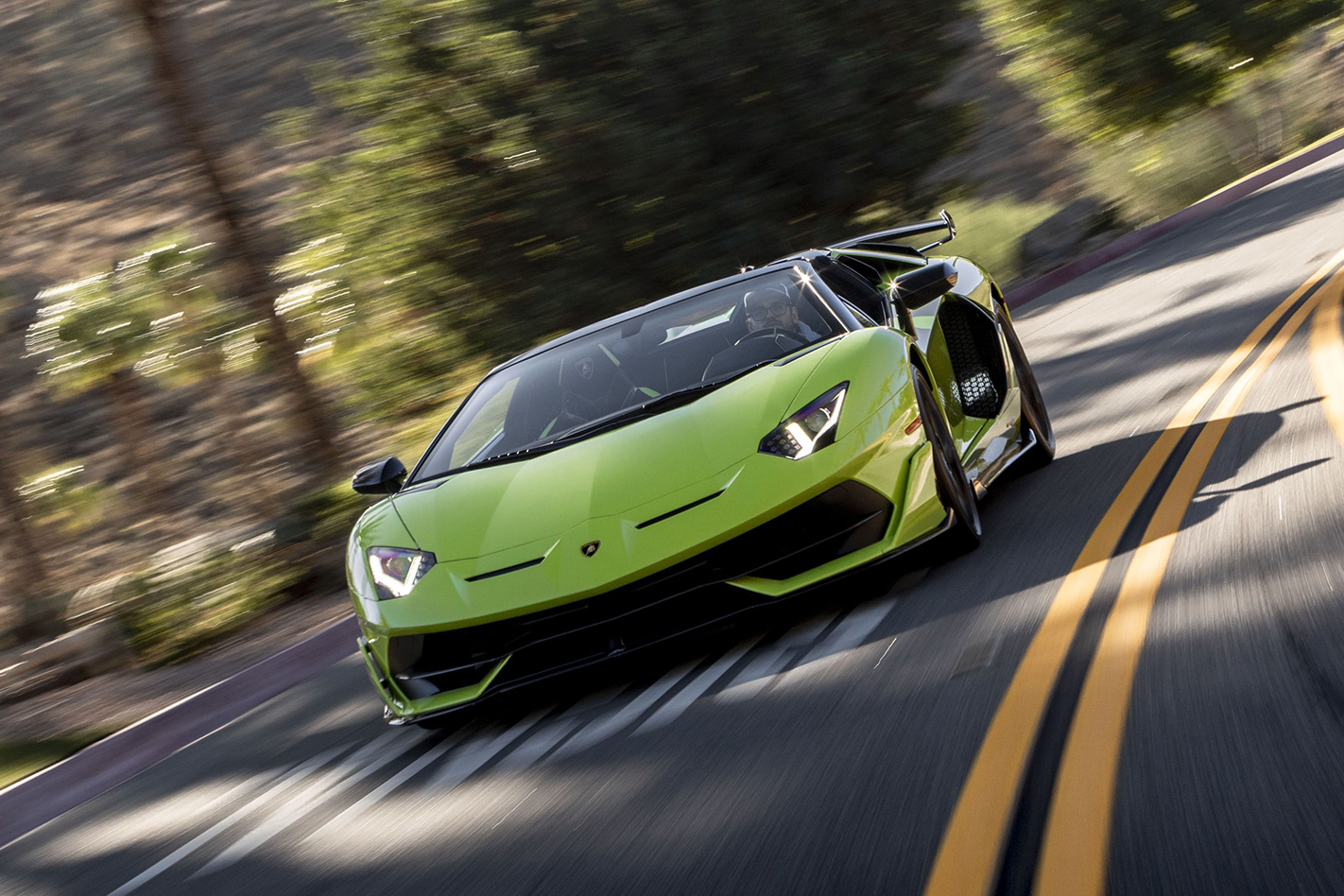
When the Aventador debuted in 2011, it was fitted with a big, beefy V12 that we’d come to expect from flagship Lamborghini products. However, that familiarity belied the ground-breaking change that had been completed. For the first time in the manufacturer’s history, it had an all-new V12. Codenamed L539, the new engine was a full 18kg lighter than the unit it replaced. The key giveaway of the L539’s clean sheet design is the over square bore and stroke and new firing order. Power has gradually increased since it was first introduced, from 515kw on debut to 566kW.
6. BMW S70/2
Produced: 1993-1998 | Displacement: 6064cc | Induction: NA
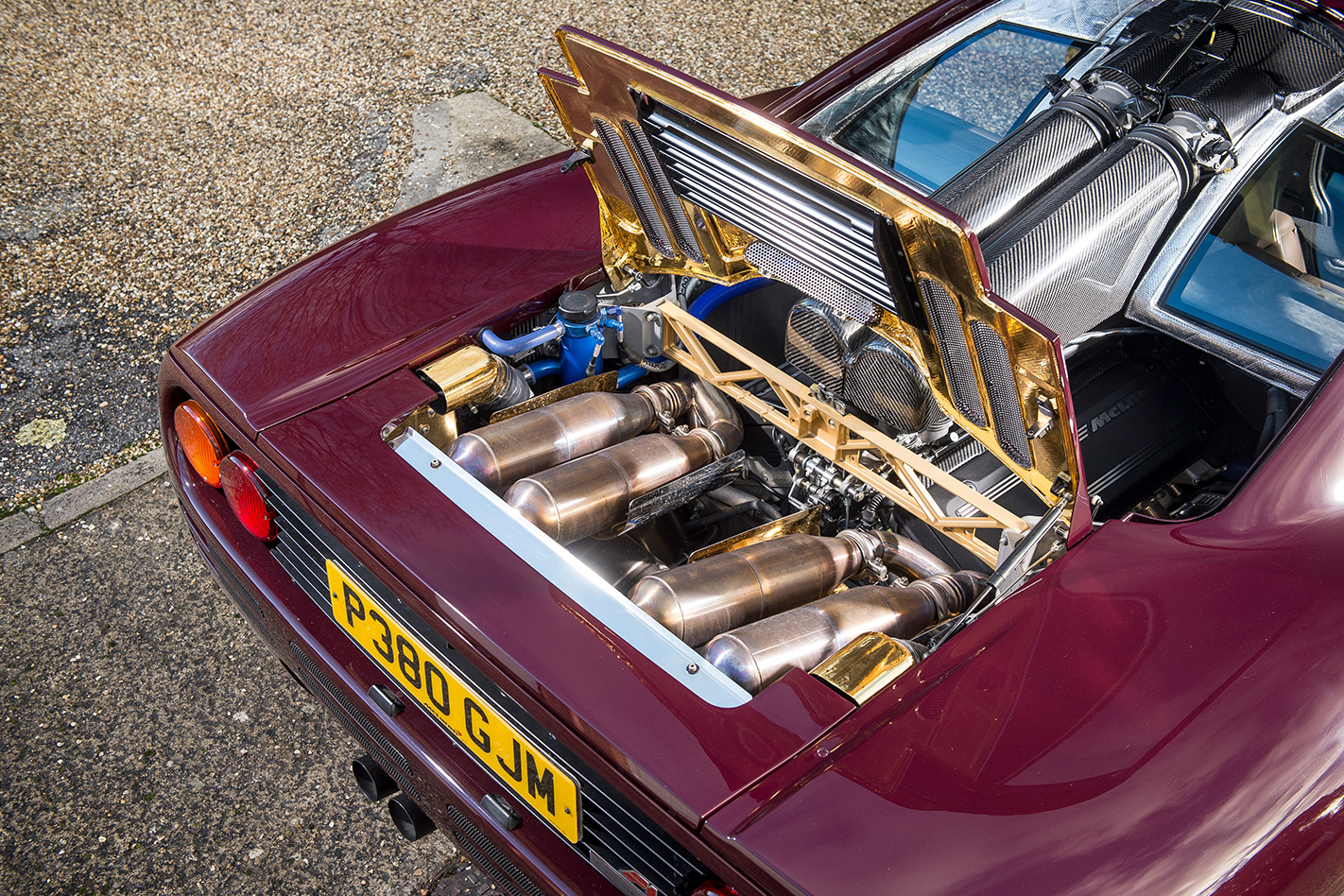
Nowadays it is impossible to think of the McLaren F1 without its legendary BMW-sourced S70/2 V12 powerplant. However, the Munich-based company wasn’t even the first choice for engine supplier, with Honda given first refusal, and Gordon Murray receiving a pitch from Isuzu before opting for the German unit. Murray supplied specific requirements for the engine, including 410kW of grunt, a total block length of 600mm and weight of 250kg. BMW beat the power requirements by 14 per cent, nailed the block length, but the final unit was 16kg heavier than the desired specifications. To this day, the S70/2 remains one of the finest, most exotic, and acoustically spectacular naturally aspirated engines ever designed for road use.
5. LAMBORGHINI BIZZARINI V12
Produced: 1963-2011 | Displacement: 6496cc | Induction: NA
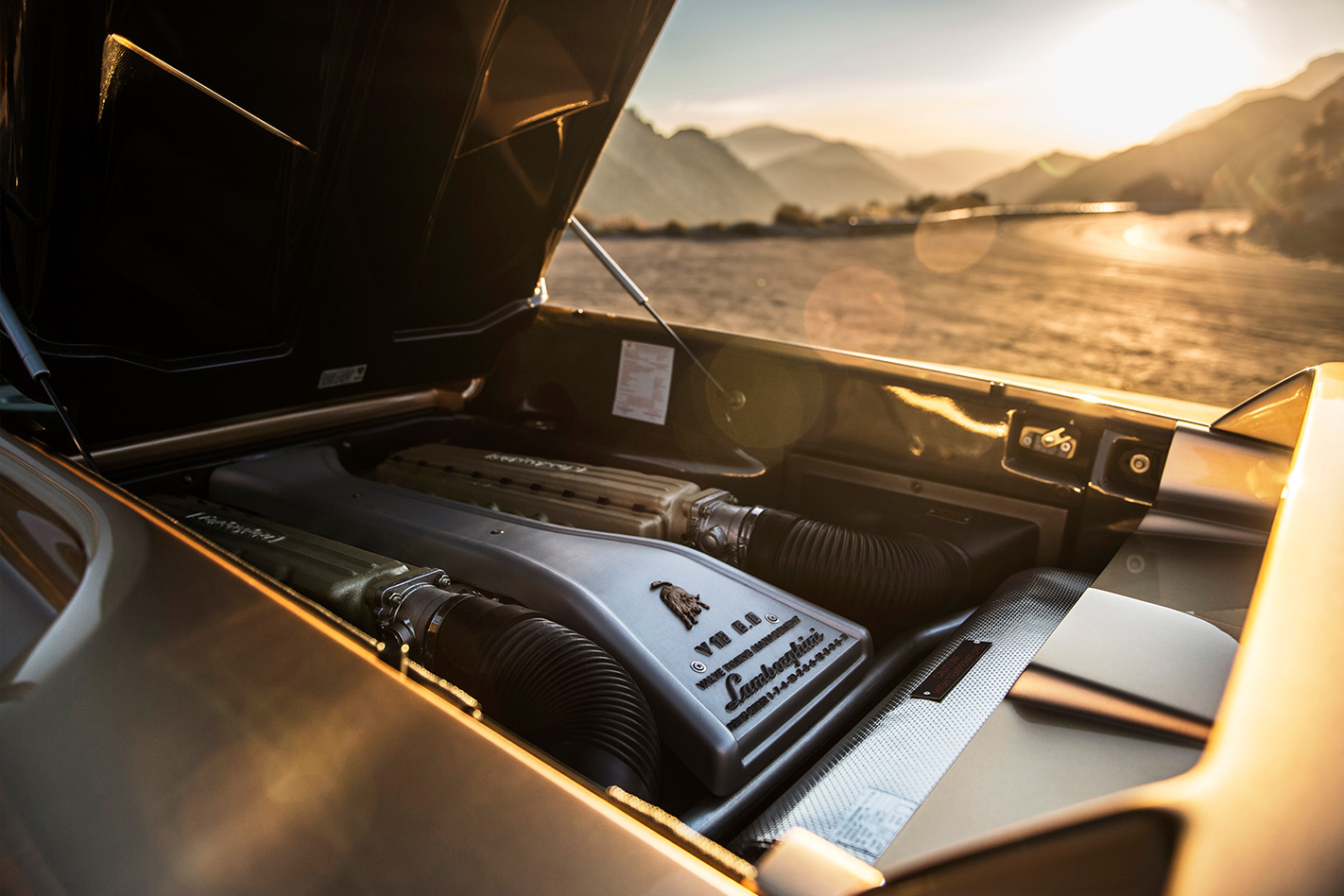
The Bizzarrini V12 is a bit like the Ship of Theseus. Not much of the original design remained at the end of its life, but the core architecture and spirit lived on for nearly five decades. When Ferruccio Lamborghini decided he wanted to build a sports car to crush his nemesis Enzo Ferrari, he contracted Giotto Bizzarrini to build its 12 cylinder heart, promising extra dosh for every horsepower his engine would make above Ferrari’s. Bizzarrini went with a 60-degree quad cam design – mostly for the fact Ferrari were using a single overhead cam design at the time. In its 48 year evolution, the Bizzarrini V12 almost doubled in size, gained electronic fuel injection and, in its final form, the engine produced 493kW at 8000rpm.
4. Jaguar 5.3 V12
Produced: 1971-1992 | Displacement: 5344cc | Induction: NA
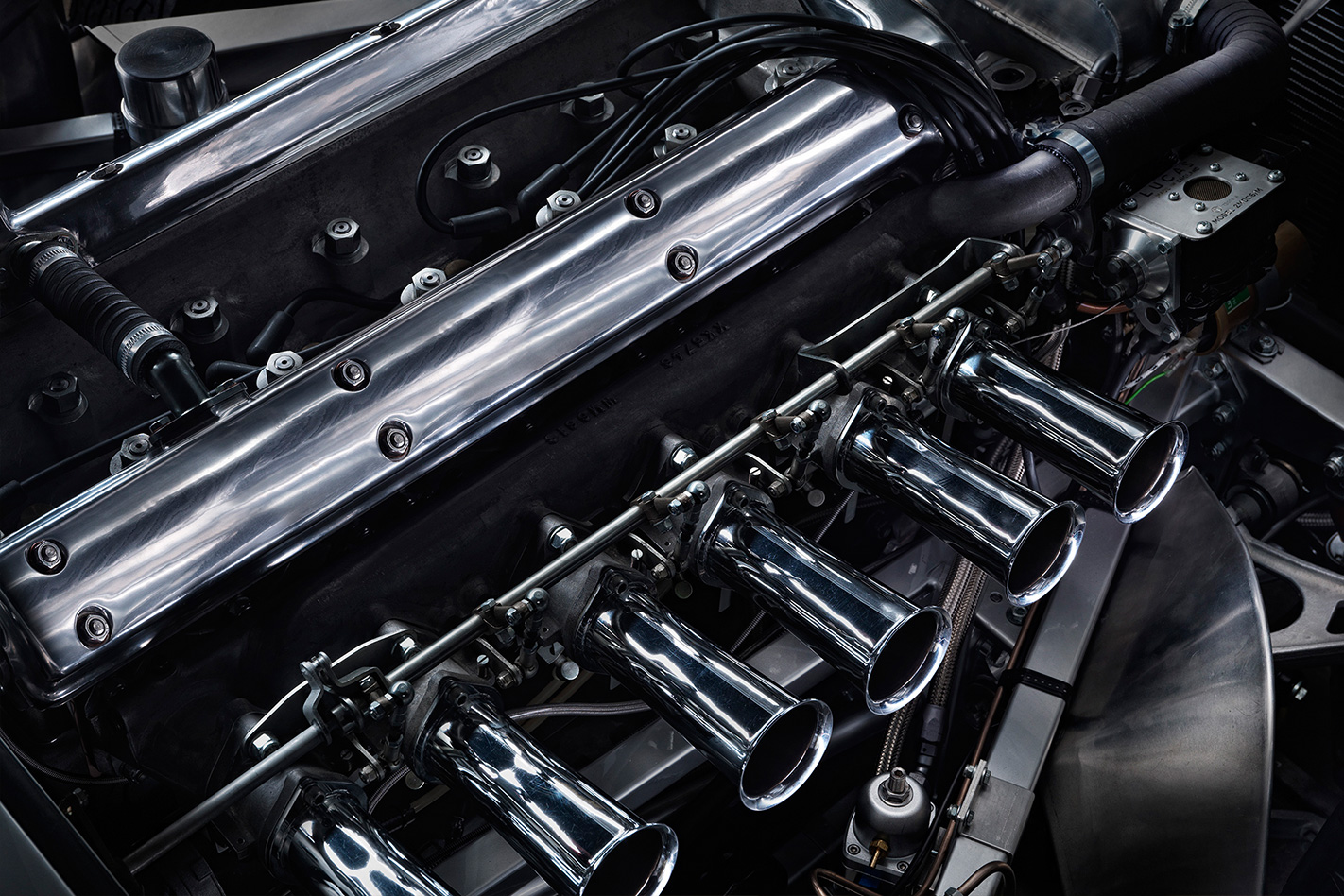
Jaguar first toyed with V12 engines for its XJ13 Le Mans racer, before taking its motorsport learnings and applying it to production car engines, starting with the 5.3-litre. A core trait of the engine was the Oscillating Pick-Up System (OPUS) electronic ignition. While the 5.3-litre was initially meant to have electronic fuel injection, the engine started production fitted with four side draft Zenith-Stromberg carburettors. The ‘high efficiency’ HE version debuted in 1981, extending the V12’s lifespan by another decade, ultimately ending up as a 6.0-litre.
3. Ferrari Colombo V12
Produced: 1954-63 | Displacement: 4943cc | Induction: NA/BLOWN

Envious of the V12s used by other manufacturers, Enzo commissioned his first in-house engine in 1947, resulting in the diminutive Colombo. Initially built for the 125S sports car racer, before being supercharged and fitted to Ferrari’s first F1 car, the 125. Despite the tiny capacity of the first iteration, designer Gioacchino Colombo placed the bore centres 90mm apart, allowing for expansion in later iterations. The core design would remain in use until the late ’80s, growing in size, doubling its overhead cams, returning to natural aspiration, and gaining EFI.
2. Aston Martin Duratec V12
Produced: 1999-2016 | Displacement: 5935cc | Induction: NA

The story of the Aston Martin V12 that first appeared in the DB7 Vantage actually starts with Mazda and Suzuki. The Japanese duo, with input from Porsche, were developing a 2.5-litre V6. Ford, through its partnership with Mazda, took that engine and with the help of Cosworth, built the Duratec V6. For its 1996 Indigo concept, it bolted two end-to-end to create a 328kW/498Nm 6.0-litre V12. The engine had a new block and head, but the same pistons, conrods, valves and cylinder design as a Taurus. Aston ended up putting the V12 into production at the turn of the millennium, keeping it in production as the AM11 until it was replaced by an all-new twin-turbo unit.
1. FERRARI F140
Produced: 2002–NOW | Displacement: 6496cc | Induction: NA
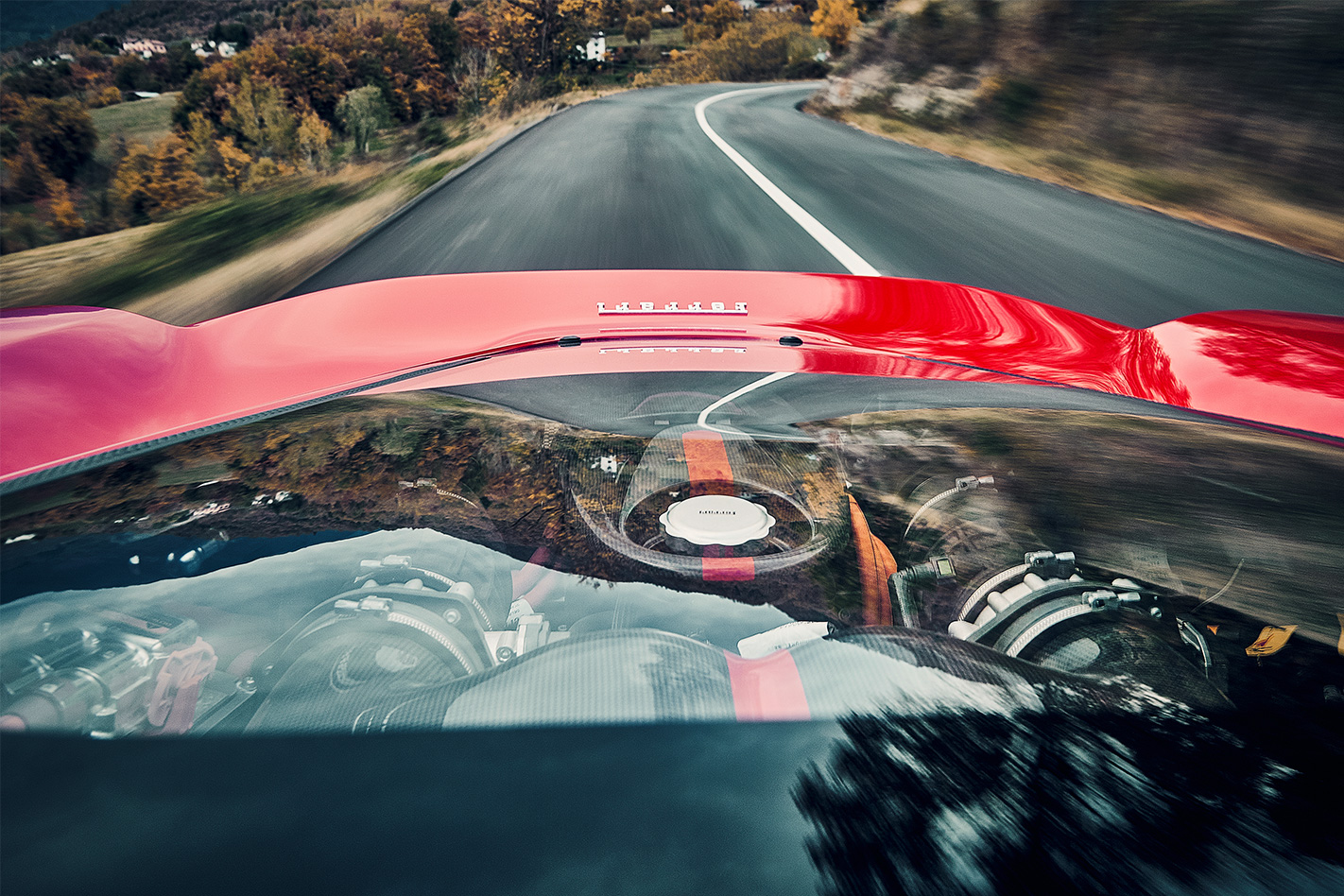
First appearing in the Ferrari Enzo, the F140 has been Maranello’s crown jewel for the last 19 years. A 65-degree DOHC design is used, with aluminium construction for both the block and head. Used in Maranello’s fastest road cars, power for the F140 has ballooned from 485kW in the Enzo to 596kW in the Monza SP1/SP2 twins, while also powering the unhinged XX family of track-only monsters, as well as the Maserati MC12. Ensuring the F140’s survival is a patent for a new fuel injection system, with Ferrari choosing to evolve and improve the design, rather than build an all-new V12.


